This is why I live in Eugene: So that I can run into an ancient VW Transporter with a heavy load of wood at the lumberyard, just a half-dozen parking spaces over from the 1986 Caprice Brougham del’Patina. No wonder I look forward to picking up supplies while Alec stays behind and does the heavy lifting. Both of these vehicles are poster-children for the essence of CC: old original cars and trucks dripping with patina and still earning their keep. And why exactly do I have such powerful feelings for them?
I don’t think it would take a lot of therapy or introspection to answer that. I guess I’m just a natural historic preservationist. I saved eight old houses from the wrecking ball by moving them and fixing them up, but not too much so. Admittedly, age undoubtedly plays into it. When I was younger, my yen to restore and make old things look all shiny and new was strong. Now I appreciate the survivors who wear their age and battle scars proudly. Who cares what anybody thinks, anyway? What a relief to get over that neurosis.
That’s not to say I don’t appreciate nicely restored cars and other things. But there’s so much history on a veteran, and much of that is often lost in a restoration. Not surprisingly, the wind has been changing about restoring old cars, and the demand and prices for historically significant cars has been growing dramatically in recent years. And they’re being appreciated more for just that, and not just exotics with racing pedigree or such.
Does that apply to an old VW transporter? Sure; it has a story to tell, and it does so right on its side, in the faded lettering. I struggled to read it, but could make out “556 Mission” right away. Of course, it’s from San Francisco, which helps explain the nature of its surface rust. It’s a very benign climate, but the touch of salt in the sea air does tend to encourage surface rust if the paint wears away.
I struggled to make out the rest of the sign, so juiced up the image to see if it would help. “Robert Morry inc Office Furnishings…Decorating”. I couldn’t quite make out the rest of the address or phone, but its enough to tell us a few things.
Like the fact that 556 Mission doesn’t exist anymore, since it was redeveloped at some point into what is now Golden Gate University.
And that Robert Morry, Inc. still exists, but is apparently inactive. Obscure details, but not ones that we’d know if it had been repainted.
And even if google maps didn’t confirm it, it would be easy to ascertain that this van spent most of its life sitting outside the offices of Robert Morry, Inc, because the patina on what would have been its north side is drastically less than on the sunny south side. I’ve seen this pattern on quite a few cars; houses do the same thing. UVs are the most destructive force of all.
The rocker panels have given up their earthly veil. But that’s a pretty common occurrence on these, and not necessarily a sign of stage II cancer.
There’s one thing I haven’t yet ascertained about this Transporter: its exact age. Which is quite a bit harder on a VW Transporter/bus than it is on the sedan. There’s no definitive clue, except that it’s a late fifties to early sixties version. So I’m calling it a ’59. (Update: it’s a 1961) Why? Because that was a very good year for VW’s trucks, just before Detroit responded to their rapidly growing success with their own compact vans and pickups.
Volkswagen was doing quite a booming business with their commercial trucks in the second half of the fifties. There was nothing remotely like it on the market; the closest thing were panel trucks, based on pickups. But the VW Transporter’s low purchase price and operating costs made it very attractive.
Everything from plumbers to diapers arrived in VW Transporters, as well as office furnishings. It’s good to remember that during this era, home delivery was much more popular than today. grocery stores delivered, as well as just about any business. Folks didn’t drive as much, and the housewife was usually at home; sometimes without a car. The VW Transporter was there to do the errands for her.
In case you hadn’t noticed, our CC Transporter has the rather uncommon double-door option. It was particularly handy for delivering on one-way streets, which San Francisco has plenty of. As well as steep hills, but that’s not really a problem, as long as one isn’t in a hurry. The VW Transporter could climb an almost 25% grade in first gear. That pretty much covers them all, except for a couple that are steeper, but one-way downhill only.
VW’s commercial trucks survived the onslaught of the 1960 Corvair Corvan (above) and Ford Econoline reasonably well enough. But what did it in was politics. In 1963, President Johnson imposed the “chicken tax”, a 25% tariff on commercial trucks and vans, as well as a few other goods, in retaliation for European barriers to American chicken exports.
Analysis of LBJ’s tapes shows that the reason light trucks were targeted was a political quid pro quo that had nothing to do with chickens. From wikipedia: In January 1964, President Johnson attempted to convince United Auto Workers‘ president Walter Reuther not to initiate a strike just before the 1964 election and to support the president’s civil rights platform. Reuther in turn wanted Johnson to respond to Volkswagen‘s increased shipments to the United States.
What else is new? And yet the chicken tax lives on, exactly a half century later. Because VW’s trucks were unibodies, there was no way to circumvent it unlike the Japanese, who sent their trucks without beds to the US. The only option would have been to do what Ford does with the Transit Connect: import it as a passenger van, and then tear out the seats and windows. VW Transporters and pickups almost disappeared after 1963; one could find them at VW dealers as parts chasers.
The inside has obviously been spared the effects of California sunshine. Looks positively youthful still, actually.
Eight foot lumber fits in nicely. There’s always that big roof rack too. Will someone remind me why those vents are at the rear? I know it wasn’t like GM’s 1971 vents for their forced ventilation system. Not a problem in San Fran, but I can imagine them not helping much in Minnesota, not that the heater did much anyway.
That’s a provocative exhaust pipe, but it suits this bus rather perfectly. Much of this Transporter may be original, but I’d wager that’s not the case in the engine compartment. 1200cc buses are pretty trying in modern circumstances; there’s a reason why the 1500cc engine was embraced so quickly and enthusiastically when it became available in 1962. In the US, it was made standard almost instantly. Being able to hit 65 instead of 58 mph was appreciated on America’s fast highways.
A crustacean has found a home on the rear bumper; so what’s its story?
The in-depth VW bus/Samba story is here
Note: a rerun of an older post.




















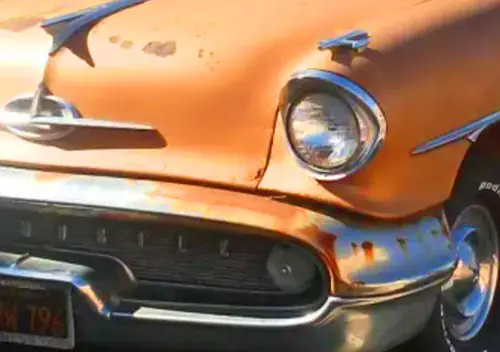
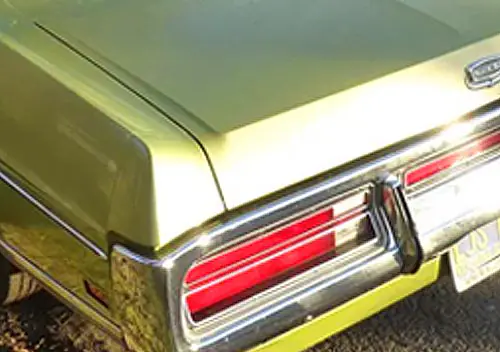
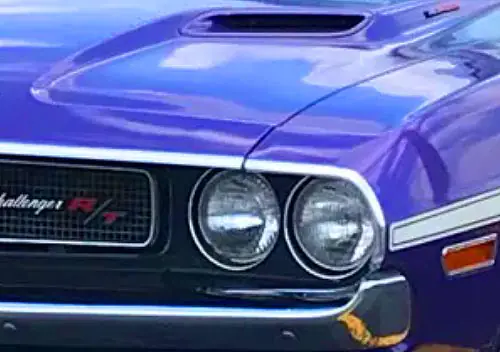


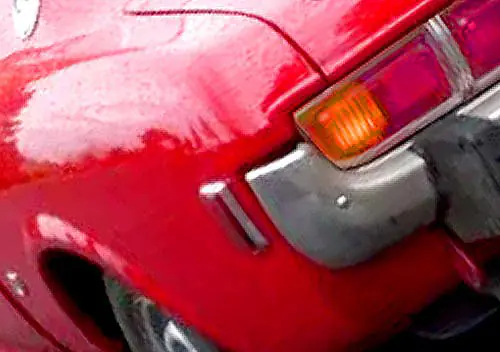

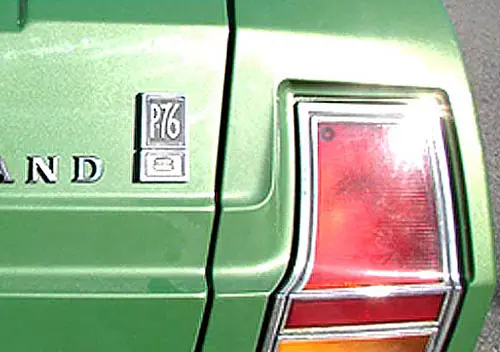
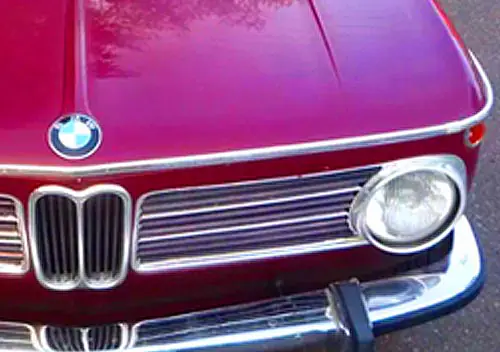

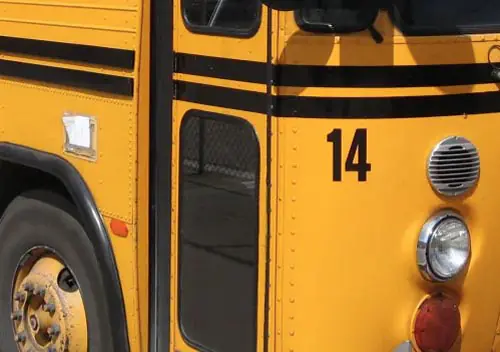
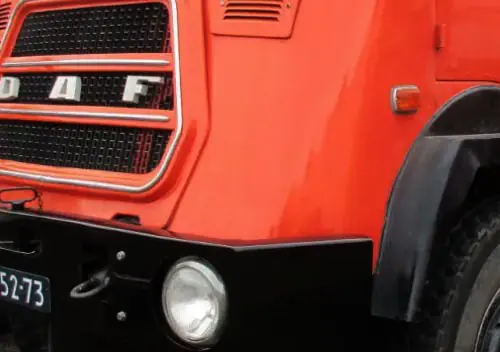
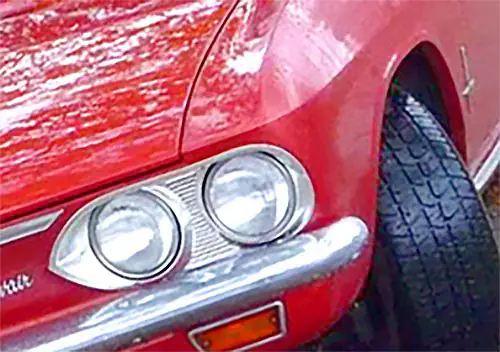
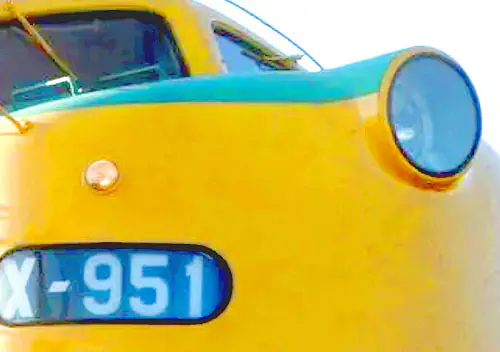
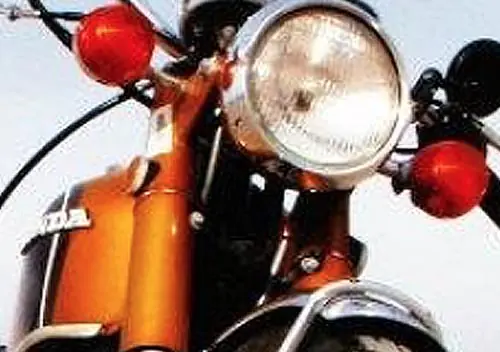
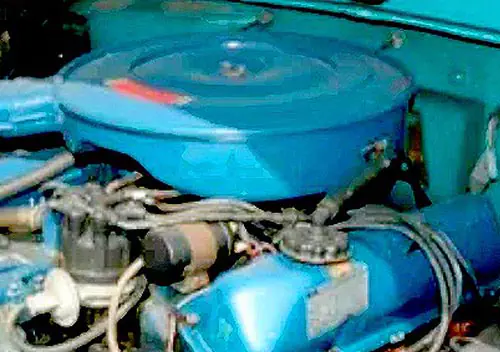
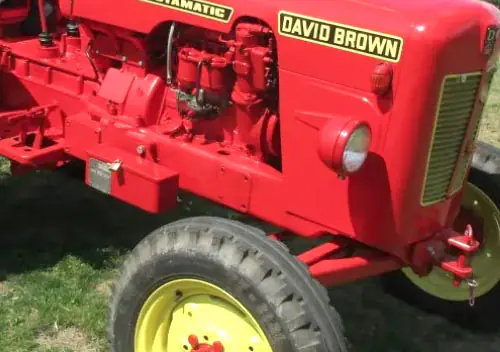
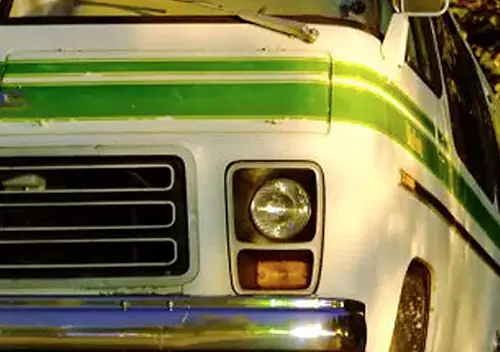

I could argue that the Type II was more influential in the US than the Beetle/Type I. The Beetle *sold* better, but it didn’t “invent” a whole new class of vehicle in the US the way the Transporter did.
Yes, there were bigger “one box” designs such as step vans that predated the VW. It’s also possible that Renault or someone else imported a tiny handful of 1-box designs before the US got the Type II. I’m sure the Big 3 would have gotten around to building a light-duty, 1-box van eventually. But I’ll still argue that the Volkswagen Type II was singularly responsible for getting American manufacturers to build vans in the fashion that they did.
You are just down the road from me! I remember when my Mom bought her 1961 Bug, a very light lime green. Years later when we lived at the Lakeside Golf Course in Lakeside CA, my Dad had picked up I think a 59 bus. I remember us trying to get up a long hill to get to church, and it never failed to not have enough gas in it to do so. My Dad would always use the family car for business errands, and would never put gas in it causing Mom to be late or running out. The Bus was eventually shopped down into a “truck” and used on the golf course. I know where Jerry’s lumber yard is on 99 on the northwest side of Eugene!
Lovely, I appreciate the challenge of trying to figure out the old commercial lettering on well used vans.
I appreciate that this one is still working, and the owner hasn’t sold out to the offers they must regularly get for such a sweet original bus. It’s only original once!
A logo’d Dove Blue double-door panel, that’s quite a rare and desirable spec. Most panels just had doors on the passenger side for curbside unloading.
This is nice .
I hope someone restores it and retains / reuses the original exterior graphics .
I had a similar 1957 double doors # 211 “Parcel Delivery”, these were 3/4 ton until the 1961 model year then one ton after .
Mine too was Dove Blue .
I’d be scared to drive with an unsecured load like that .
-Nate
I’ve had air-cooled VWs my whole life. I blame my parents 71 super beetle for starting it all. My first was a 70 beetle that I bought back in 1983 for $85 when I was 15. We had to tow it home because it didn’t run. This is my one and only pic of it, you can see my Dad smiling after we got it running for the very first time.
Something tells me the only way these made it up a 25% grade in first gear from a stop carrying more than just the driver is because it has portal axles. They are great for off-road and snow clearence but seem like a double edge sword by sapping fuel efficiency and increased maintenance. The US chicken tax/tariff should have been done away with decades ago and seems to have only succeeded in screwing us out of small trucks. Mention the chicken tax to most motorheads and everyone’s blood pressure goes up.